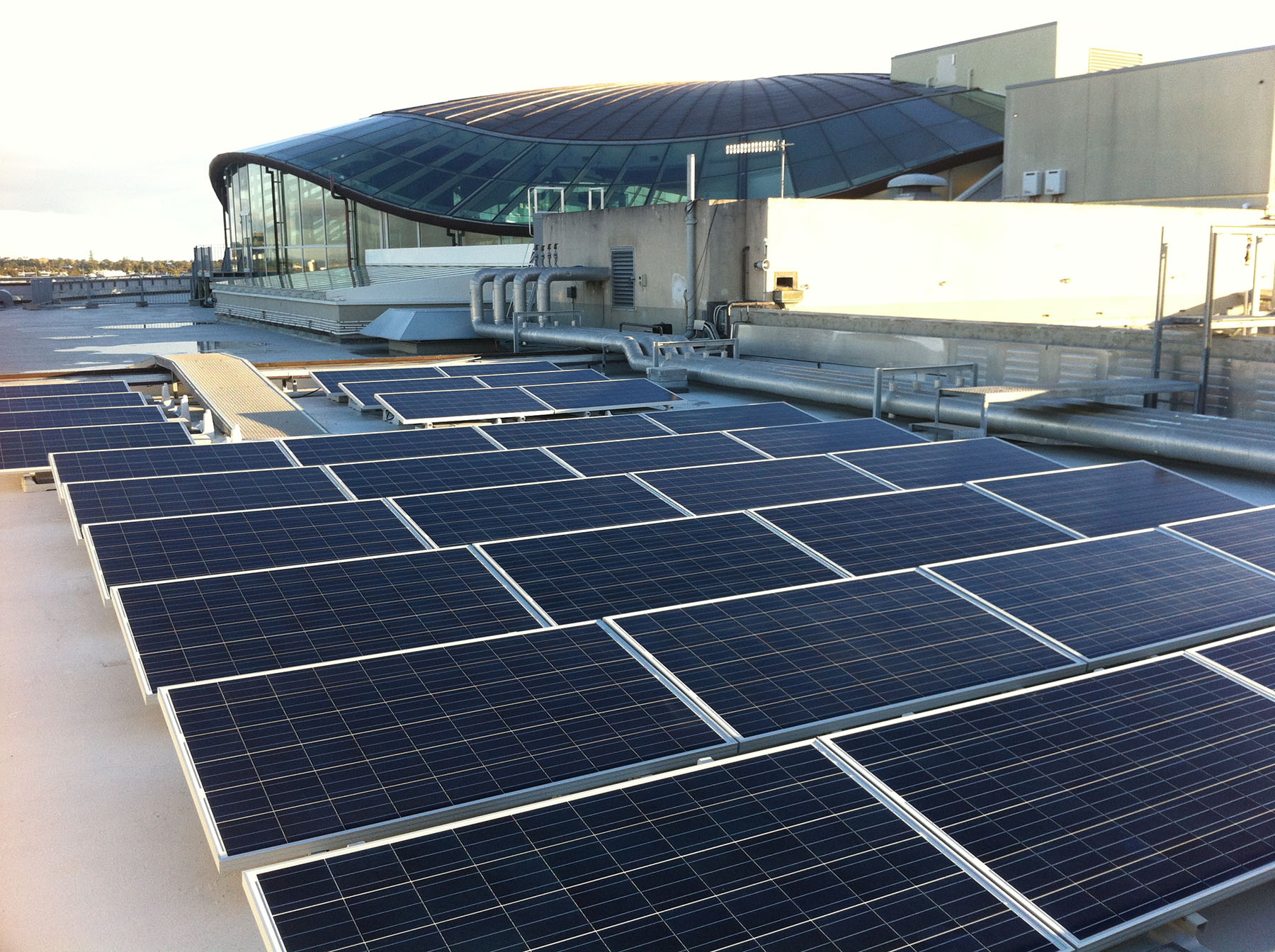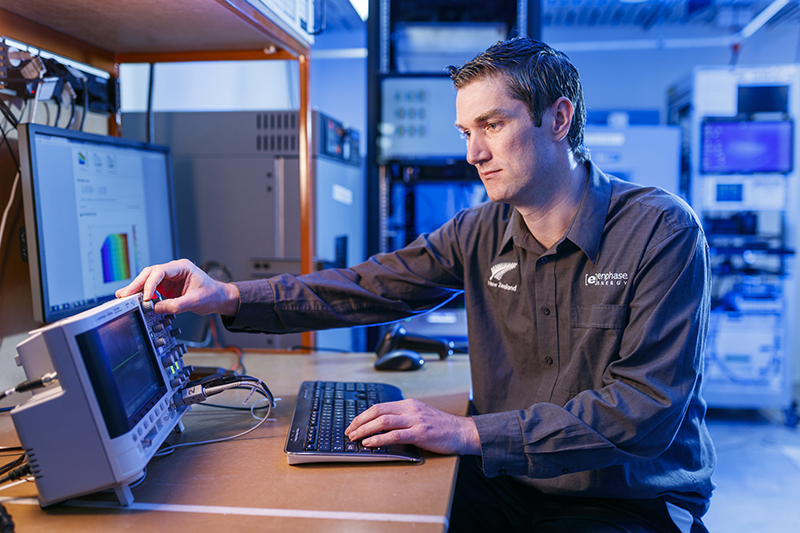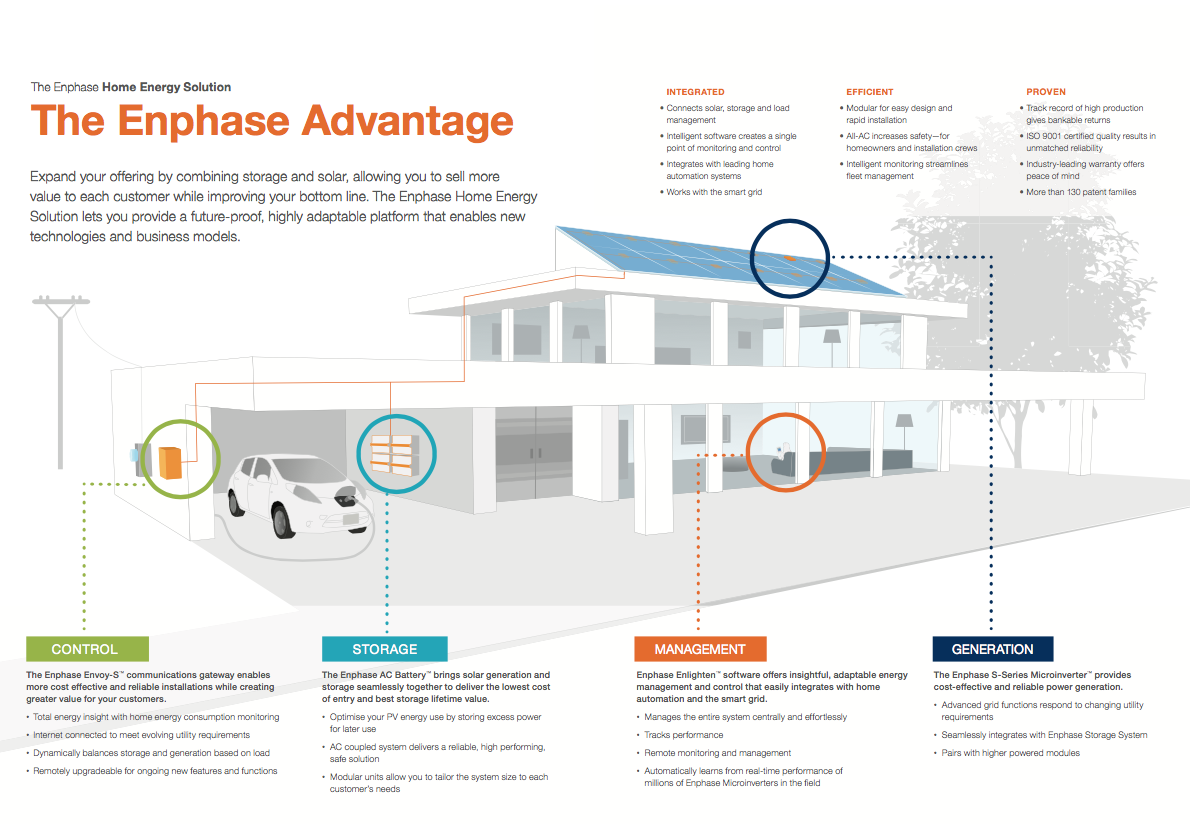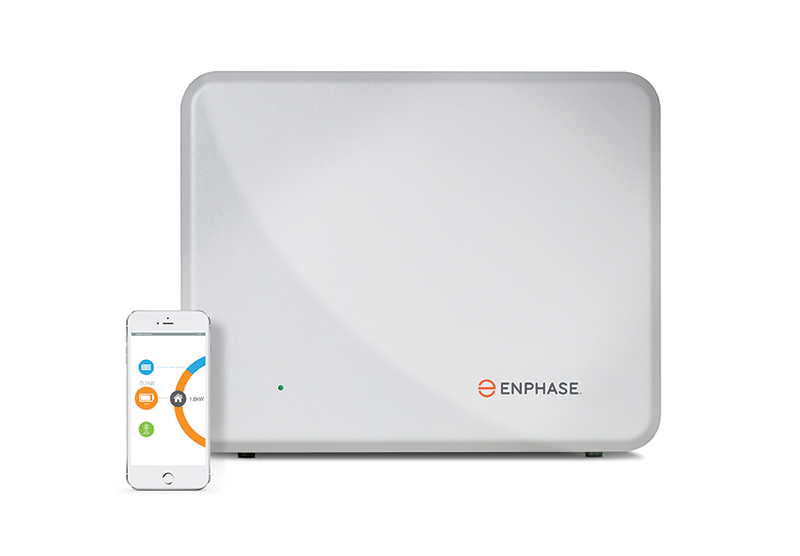The annual Energy Industry Conference (Downstream) in Auckland last month brought about the usual themes of climate change and consumer engagement, as well as some exciting new themes such as the transactive grid, peer to peer energy trading, and the Internet of Things. But the elephant in the room at the conference was storage – batteries to be specific.
The electricity sector in New Zealand understands the potential for storage to help them manage their networks better. Electricity Distribution Businesses (EDBs) have been utilising hot water cylinders for years as a form of storage. They can switch off hot water cylinders at times of peak demand and they do this so well that most people don’t even notice it happens. The problem is that under the current system there is little benefit to the homeowner when they do.
My first job in the energy sector was in a gas company. We used a digital camera to take photos of meter positions and for site surveys. I approached my Managing Director and told him that we could use the camera to get thermal images of people’s houses so that they could see where there were heat losses, fix them and be more energy efficient. He put his hand on my shoulder and said, “Chris, you just don’t understand our business model, do you?”
New Zealand’s electricity market penalises efficiency and this is evidenced by MBIE’s findings that “…. the fall in residential electricity demand drove a three percent increase in the cost of electricity during the June quarter 2016, compared to the same time last year.”
This highlights a real problem with our energy markets – efficiency is punished. This works very differently in other markets. In California, households are allocated a baseline of electricity they can use. They pay USD 18c/kWh for any electricity they use within that baseline, USD 24c/kWh for every kWh they use up to two times their baseline, and then USD 40c/kWh for every kWh beyond. This pricing structure sends the right signal to encourage consumers in the market to behave efficiently.
Our market is sending the wrong signal to consumers. Industry players are changing tariffs in a move to address that failure – but some are doing this more effectively than others. For global Photovoltaic (PV) installations, features such as net metering and feed-in tariffs have essentially meant the electricity grid has functioned like a battery. We don’t have net metering in New Zealand as the industry sees homeowners generating their own electricity more as a problem than something they would encourage. Energy storage changes everything and the New Zealand electricity sector could realise some of the benefits that networks in other countries have achieved through the uptake of PV. That is, it can help them meet their peak demand.
With storage becoming mainstream, the new business case for storage is self-consumption. By letting consumers store unused solar generation locally for use at night, they no longer have to buy electricity at high prices and sell electricity they have generated at low prices.
Climate change is a significant global issue and on-grid energy storage helps us reduce our reliance on energy generated by fossil fuels. We need to quickly move towards electrification of our transport networks using Electric Vehicles or, in Auckland, having more electric bikes. As Pure Advantage Contributor Jo Clendon has pointed out, electric cars aren’t going to solve the problems Auckland is facing. It is not the internal combustion engine that is the problem in Auckland, it’s the car itself.
The urgency of mitigating the impacts of climate change means we will all be moving towards the electrification of vehicles much more quickly and this needs to be powered by clean energy. Clean renewable electricity needs to be stored to be a big part of that picture. New Zealanders know very well that renewable sources of energy are variable and this is where storage is needed to help manage that variability.
The last reason as to why storage is going be so relevant to New Zealand is that consumers see the potential of solar and storage. It’s simple technology and it works. Rooftop solar generates clean electricity cheaper than you can buy it from the grid.
Power companies are quick to point out that we already have 80 percent renewable electricity in this country. But is that 80 percent of renewable electricity really ‘clean’? In 2015, more than 4.8MtCO2 was emitted from the generation of electricity in New Zealand. That’s over a tonne of CO2 for every man, woman, and child in New Zealand. It is more than what a lot of people in developing countries emit across their energy use and agricultural sectors.
The electricity sector says we don’t need to do anything to reduce emissions from our electricity use – they’re happy with the status quo. But if you compare our emissions from energy generated in 2015 with our emissions from 1990, you will see a 30 percent increase in emissions. The need to reduce our emissions was understood 30 years ago yet our electricity sector has gone backwards in that time. For a lot of people, being able to generate their own clean electricity is a way to send a signal to policy makers and politicians that they are concerned about climate change and want to act on this.
There are many pre-conceived notions that storage can only be applied for certain purposes – for example, primarily for off-grid or backup applications. Off-grid systems are designed to operate completely autonomously from the grid. They are designed to provide multiple days of storage in the middle of winter and they require over-sized PV arrays, battery packs, and inverters. It’s important to point out that if homeowners want to defect from the grid, they face a new reality of electricity use. Most off-grid customers use fossil fuel powered generators a lot more than they expect too.
Like off-grid systems, backup systems also require over-sized batteries, inverters and PV arrays. These batteries need to be partially charged at all times so owners can never get full value from these batteries. Backup systems are a significant investment, and the likelihood of power cuts during a storm when solar resources are very low, means the battery and PV array for a backup system needs to be very big. If your motivation for installing the system is to reduce your emissions the embodied energy required to build an oversized backup system outways the emissions savings.
However new electrical storage technologies are rapidly making their way into the New Zealand market. In Australia, the Australian Energy Storage Council lists over 160 different battery systems that are available on its BatteryFinder website. Advances in technology have brought new use cases for storage and this includes modular batteries that are smaller and designed to be right-sized for a specific homeowner’s situation. Instead of a large upfront investment, modular batteries such as the Enphase AC Battery make it an attractive investment and win for the environment at the same time.
According to GTM, more solar was deployed in the United States than any other form of energy including fossil fuels in 2016. The price of solar is falling and it is likely to be the dominant form of new electricity generation. We need to reimagine the future of clean energy and how storage sits inside the future. This includes examining our values towards renewable energy from the grid in New Zealand and thinking how ‘clean’ it really is.







Leave a comment